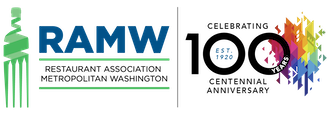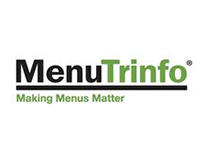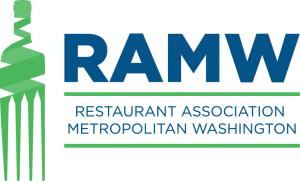You are here
Be Allergy Aware: A Quick Guide to the Most Common Food Allergies
Be Allergy Aware: A Quick Guide to the Most Common Food Allergies
By Betsy Craig (CEO and founder of MenuTrinfo®)
Food allergy awareness week is coming up in just a few short weeks, May 11-17. To help bring a spotlight to it I’ve assembled this guide to help you (and your kitchen) be on the lookout for these top 8 food allergens.
Milk
Milk allergies are caused by an allergy to one of numerous milk proteins contained in milk: casein, whey are two of the more common ones. While replacing milk as a beverage is no problem, milk and dairy products including cream, butter, ice cream, yogurt and more must be avoided to ensure safety. To substitute a milk based product in cooking, try almond milks, soy milk, or coconut milk. There are also a wide variety of non-dairy substitutes to select from.
Eggs
Egg allergies are typically found in the very young (most people outgrow egg allergies by age 5). Sufferers must avoid consumption of eggs, even as an ingredient in baked goods. To substitute for egg in recipes try replacements including, water and gelatin, puree of dried fruit, yeast and warm water, or baking powder and water. These substitutes contain the same coagulating qualities of eggs, without the dangers of allergies.
Peanuts
It has been estimated that 12 million people suffer from peanut allergies. When it comes to a peanut allergy, avoidance is the key. Be sure to double check labels (especially for products that are produced in a facility that uses peanuts) and use of peanut oil.
Tree Nuts
Tree nuts include almonds, cashews, walnuts, hazelnuts, coconuts, pistachios and Brazil nuts along with many more. Be sure to check labels on salad dressings, in sauces, in honey, and meat free alternatives as they often contain nuts either as main ingredients or in trace amounts.
Fish
Fish allergies affect 2.3% of Americans. Complete avoidance of fish and fish by-products is necessary. Products which may include fish include salad dressings, sauces, bouillon and even barbecue sauce. Worcestershire sauce commonly contains fish, and is often the culprit for instigating a fish allergy. Be certain to inform allergic patients of dishes which contain this sauce.
Shellfish
Shrimp, crab, and lobster are the most often culprits of a shellfish allergy. Most shellfish allergies form in adults. Those with shellfish allergies must not only avoid eating shellfish, but should also avoid being exposed to shellfish by touch or through the air (such as cooking or places where shellfish is sold open air).
Soy
Soy is used as an ingredient in many food products and is very popular in Asian cuisine. For this reason, it is important to check labels carefully and identify those which contain soy or soy products.
Wheat
Point of note: a wheat allergy is not the same as Celiac. Celiac disease is an auto-immune response to gluten; a wheat allergy is an allergy to the wheat itself. While avoiding wheat is key, many substitutes are available in the form of rice flours and potato starch flours. Be sure to check labels for hidden use of wheat. Just because it’s not bread doesn’t mean it’s not in there. Wheat can be found in many other food products.
Now that you feel more familiar with the most common food allergies, would you be able to identify someone experiencing an allergic reaction to a food? More importantly, would you be able to help?
One of the best ways to serve those with food allergies is to simply empower them with the information. Full menu nutrition information and labeling can give valuable peace of mind to allergy sufferers, the knowledge that comes from being fully informed.





























